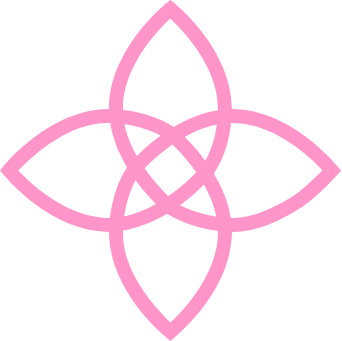How Early Can You Take a Pregnancy Test? Early Implantation Signs
Understanding Ovulation and Early Pregnancy
When trying to conceive, it’s helpful to understand what’s happening in your body each month. Each menstrual cycle typically involves the growth of a follicle that contains an egg. The brain signals the ovary through follicle-stimulating hormone (FSH) to stimulate egg growth.
As the egg matures, it produces estrogen. In a typical 30-day cycle, estrogen gradually rises from tiny amounts to peak levels just before ovulation. This high estrogen signals the brain that the egg is ready, triggering a surge in luteinizing hormone (LH), which causes the egg to be released from the ovary.
From Ovulation to Fertilization
After ovulation, the egg enters the fallopian tube, where it has about 24 hours to meet sperm for fertilization. Meanwhile, the ruptured follicle transforms into the corpus luteum, producing progesterone in pulses. These hormone fluctuations can cause mild luteal phase symptoms, including bloating, breast tenderness, fatigue, nausea, and mood changes.
Fertilization occurs in the fallopian tube, and the embryo then travels to the uterus over the next five to six days. At this point, pregnancy isn’t yet detectable because the embryo has not implanted, and hormone levels remain unchanged.
Implantation and the Role of HCG
Implantation occurs when the embryo attaches to the uterine lining, forming a connection to maternal blood vessels. This is when the embryo starts producing human chorionic gonadotropin (HCG), the hormone detected by pregnancy tests.
HCG binds to the same receptors in the ovary as LH, stimulating the corpus luteum to produce steady, high levels of progesterone. This hormonal shift can intensify early pregnancy symptoms, such as breast tenderness, nausea, bloating, heightened sense of smell, and light spotting (implantation bleeding).
When to Take a Pregnancy Test
Pregnancy tests detect HCG in the urine. For best accuracy:
Wait at least two weeks after ovulation or after a missed period.
Earliest detection: 8–10 days after ovulation, you may see a faint positive.
If you get a positive result, it’s important to contact your OB/GYN or fertility clinic. Blood HCG levels may be measured and monitored to ensure healthy progression, typically expecting them to double every 48 hours.
Early Pregnancy Symptoms to Watch For
Early signs of pregnancy can resemble luteal phase symptoms but may be more pronounced:
Breast tenderness and fullness
Bloating or GI changes
Nausea or food aversions
Sensitivity to smells
Light cramping or implantation spotting
Missed period
Advocate for Your Health
Recognizing early pregnancy signs and understanding your cycle empowers you to take timely action, make informed health decisions, and communicate effectively with your healthcare provider. Tracking ovulation, monitoring symptoms, and knowing when to test can help you navigate your fertility journey with confidence.

